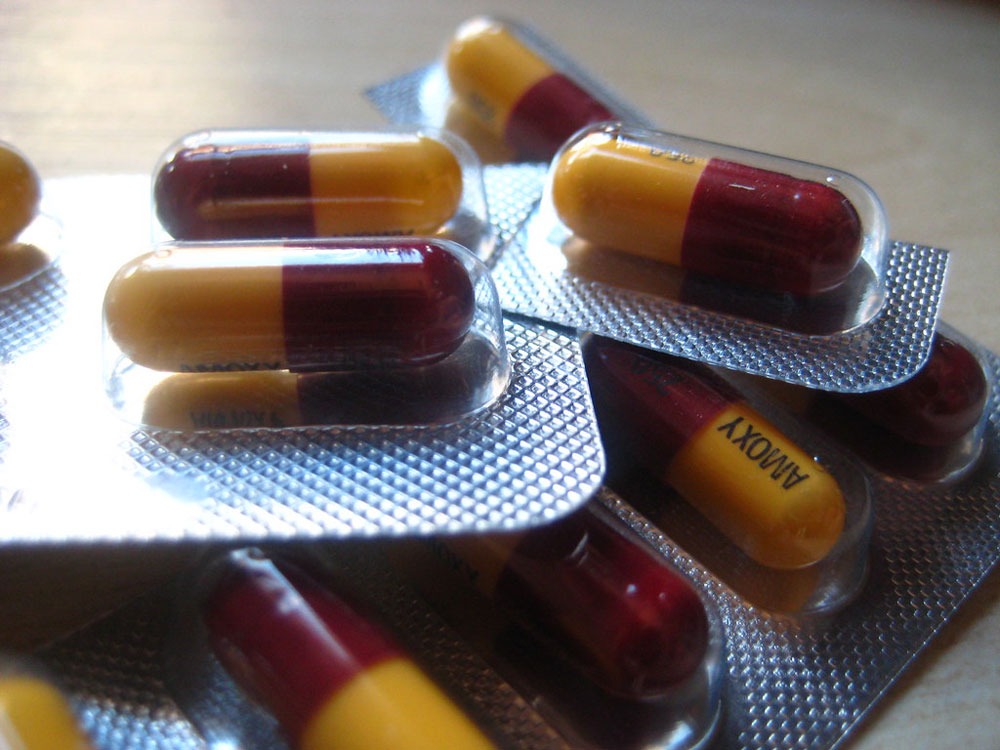
May 28, 2019; Wired
At NPQ, we often write about unusual businesses that are run as nonprofits. In some cases, the nonprofits solve unique problems, such as preserving video libraries. Increasingly, we are finding nonprofits stepping in to preserve local journalism. Some, like Douglas Rushkoff, see potential for nonprofits to play a much larger role in the economy writ large. But we haven’t written much about nonprofit research, development, and production of new forms of antibiotic medicine—until now, that is.
We have written, of course, about the growing trend of nonprofit production of generic drugs. As readers may remember, NPQ recently reported on the efforts of Civica Rx, a nonprofit collaboration of hundreds of hospitals dedicated to producing low-cost drugs for use in hospitals. They launched their production of two antibiotics that are potent, often overpriced, and in short supply—a combination that has been plaguing effective in-hospital treatment.
Today’s story, taking the concept a significant step further, comes from Maryn McKenna of Wired magazine, who notes that the bankruptcy of a small biotech firm called Achaogen, once considered to be among the strongest firms in the field, has raised considerable concern. Specifically, McKenna asks, “If a company that had everything going for it can’t profitably produce an antibiotic, who can?”
Antibiotics, unlike many pharmaceuticals, McKenna explains, are low-margin drugs, in large measure because the tendency for resistant strains to develop lowers their shelf life (and hence lowers the number of years that a company can profitably sell the drug they produce) and requires constant reinvestment in new drugs. As a result, fewer and fewer private companies are willing to invest in the research-and-development costs (which often exceed $1 billion per drug) to produce new antibiotic medicines.
What is to be done? In a journal article released earlier this year, British researchers Andrew Singer, Class Kirchhelle, and Adam Roberts propose that governments “band together to create an international nonprofit that would assume responsibility for discovering new compounds and conducting trials to prove their worth.”
Sign up for our free newsletters
Subscribe to NPQ's newsletters to have our top stories delivered directly to your inbox.
By signing up, you agree to our privacy policy and terms of use, and to receive messages from NPQ and our partners.
Roberts, a microbiologist and antibiotic discoverer at the Liverpool School of Tropical Medicine, told McKenna by email “that if the institute found new antibiotics, they would be considered joint intellectual property, held as open science on behalf of the world and turned over to generic drug firms to be manufactured as cheaply as possible.”
Others have suggested direct public ownership. For instance, at the end of March, Lord Jim O’Neill—the former chief economist of Goldman Sachs, not normally considered a socialist firebrand—suggested at a public event that “antibiotic R&D be excised from companies and nationalized,” writes McKenna. “Just take it away from them and start over,” O’Neill suggested.
McKenna observes that few private producers of antibiotic are left. McKenna notes that, “One after another, the large pharma companies that once made antibiotics—including AstraZeneca, Bristol-Myers Squibb, Eli Lilly, AbbVie, Sanofi, and Novartis—departed the specialty.” In the absence of a functioning private market and with a continuing medical need for antibiotics, the main options that remain would appear to be public ownership or nonprofit provision.
There is one other option, however, which is public subsidy of private companies. To date, though, these efforts have failed. Roberts tells McKenna that governments and philanthropies such as the Wellcome Trust have provided $600 million to boost antibiotic research, but companies have shelved their proprietary findings because they either abandoned their research programs or went broke.
Has a public sector or nonprofit business model even been used for antibiotic production before? Well, sort of. Technically, the drug so produced was privately manufactured, but with massive public subsidy. By the way, the drug that was produced this way is one you might have heard of: penicillin.
As McKenna explains, penicillin “was identified in a London laboratory in 1928, but it was only turned into a mass-produced drug in the 1940s, after the US government—which needed it for the war effort—gave grants to multiple companies to make it, coupled with massive military contracts to later buy it.” Now, in very different circumstances, the antibiotic drug industry may find itself moving in a non-market direction once again.—Steve Dubb











